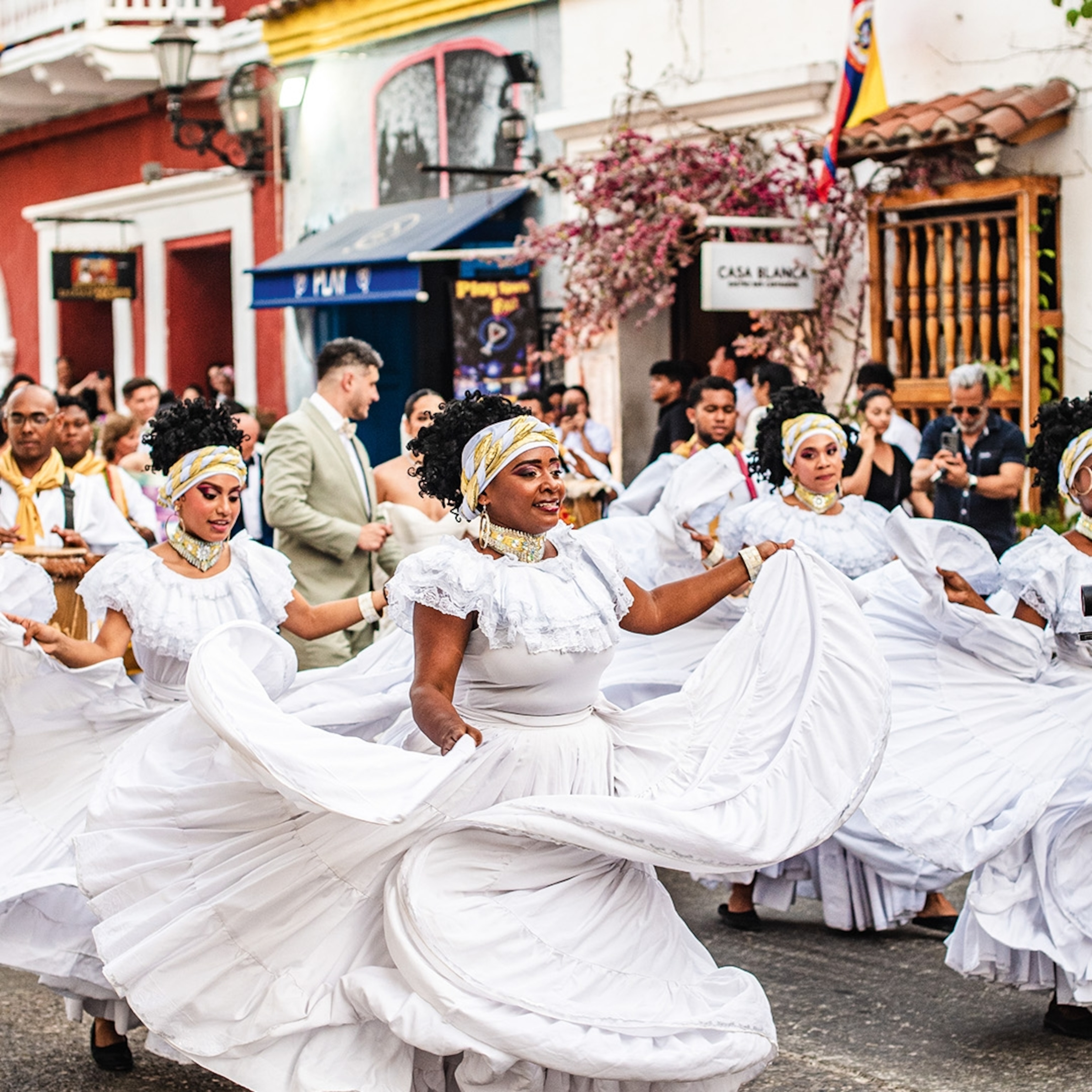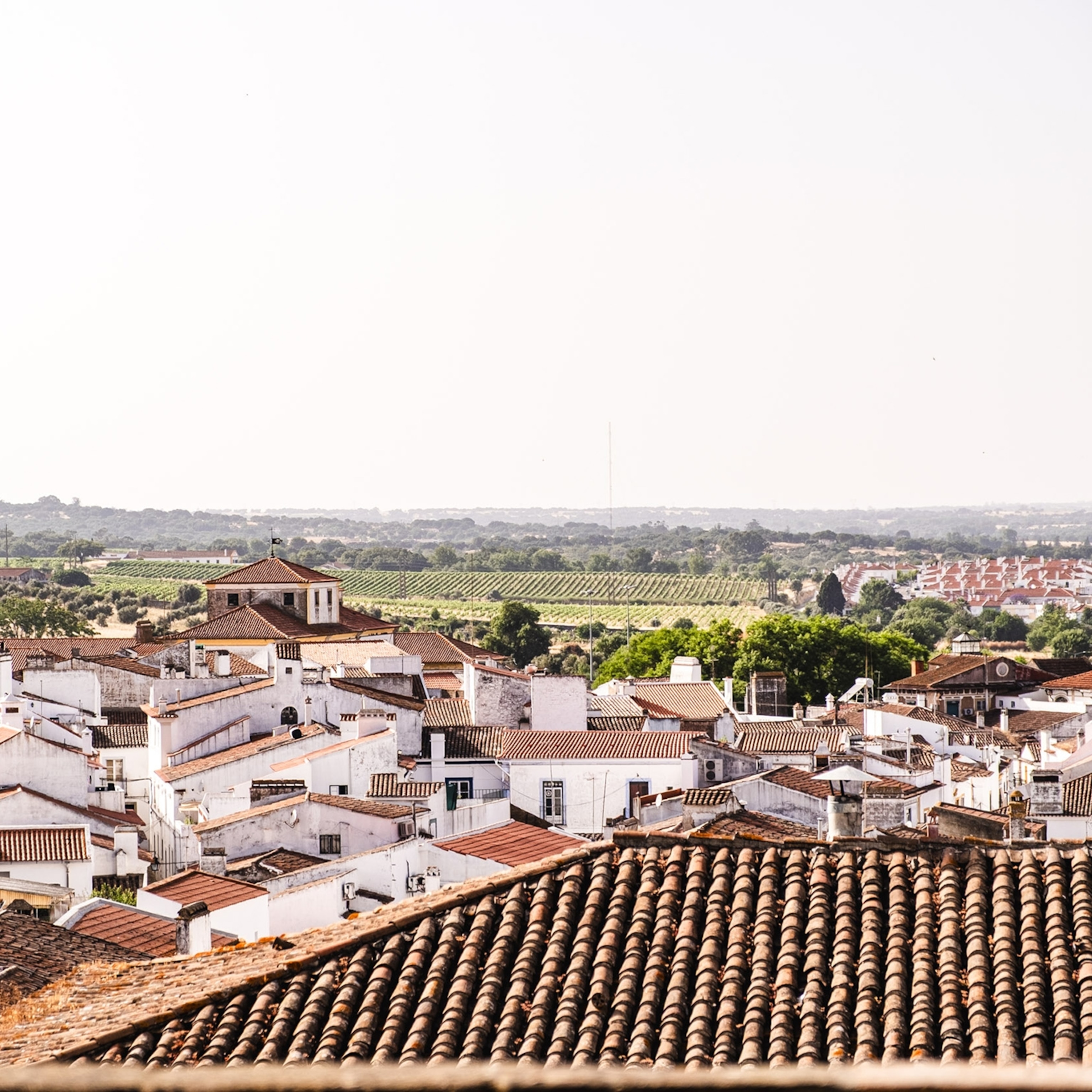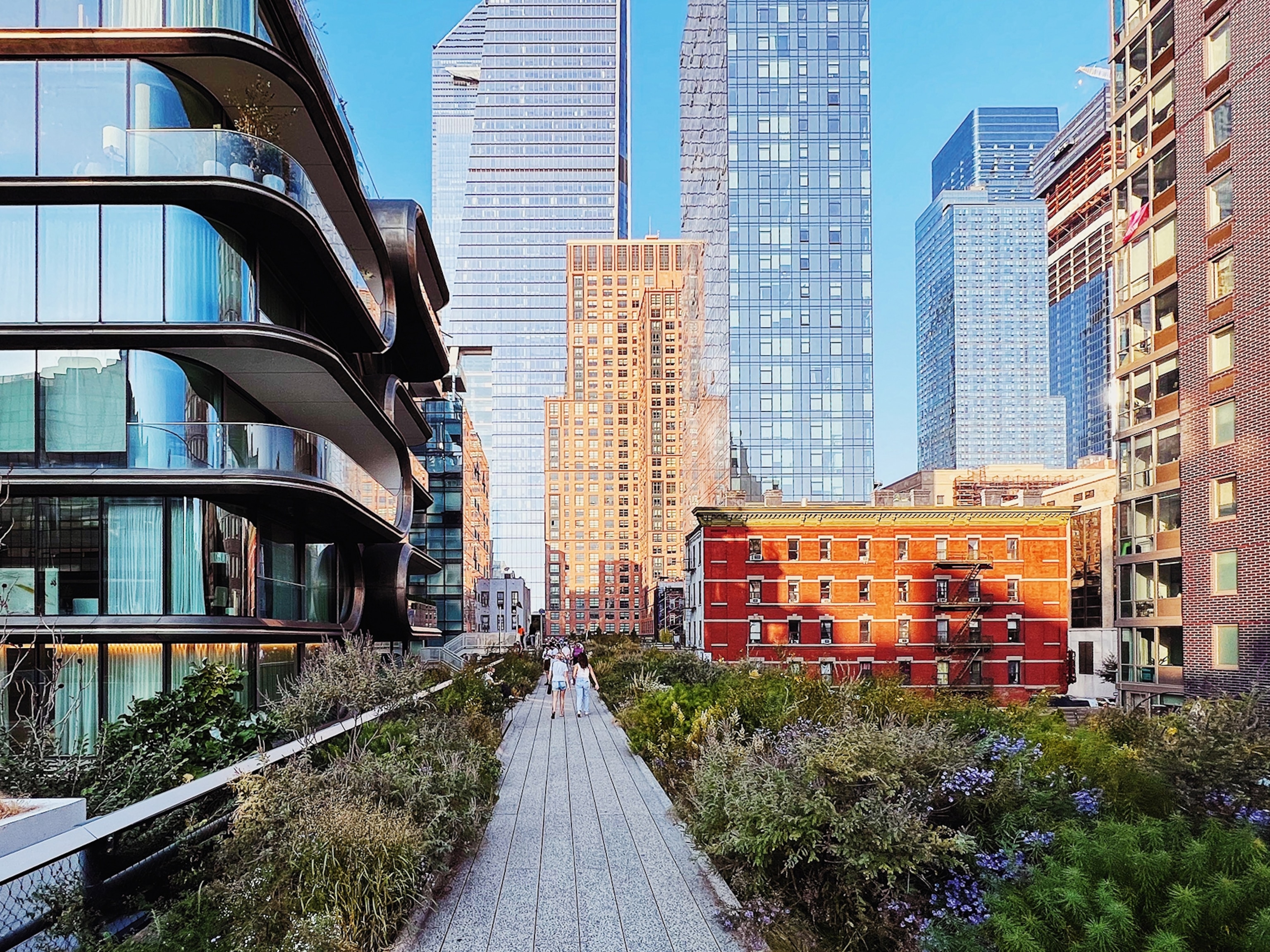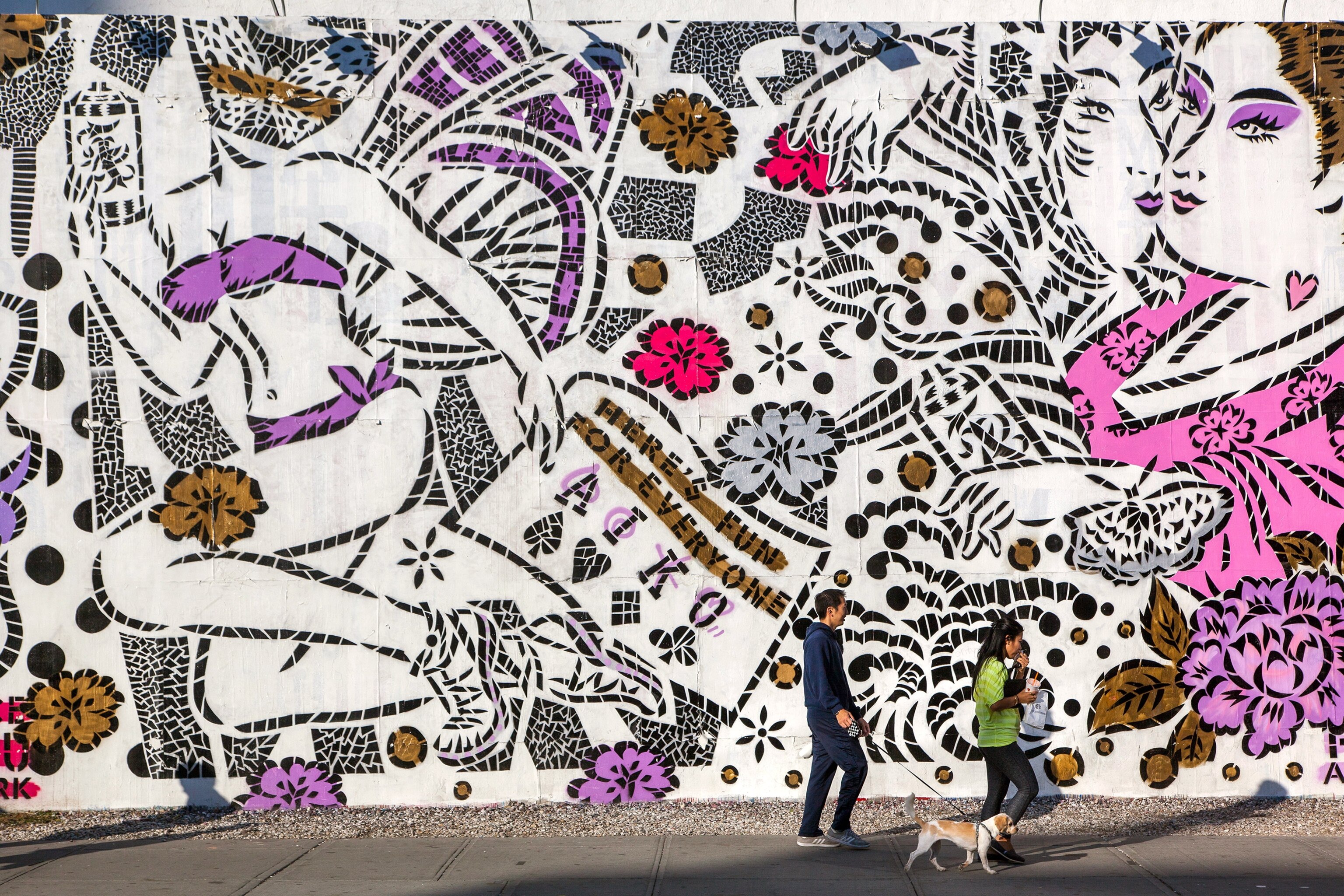
A Local's Guide to New York City
Just by crossing the street, New York City visitors can transform their travel experience.
Chilean poet and novelist Roberto Bolaño once wrote, “Every hundred feet the world changes.”
I’m partial to this quote as a food writer, particularly in regard to my current town, New York City—where you can live for a lifetime and still get happily lost.
I wake up every day in Alphabet City, named for the Avenues A through D that stretch east of First Avenue. While technically part of the East Village, Alphabet City has a very distinct personality.
The latter half of the 20th century here was a time of high crime, but also of intense creativity. Jazz legend Charlie Parker lived in Alphabet City. Led Zeppelin chose a tenement building in the vicinity of the neighborhood for the cover of Physical Graffiti, and Iggy Pop named an entire album Avenue B. Madonna lived and wrote just off that same avenue at 232 East Fourth Street.
During these years, locals also began gardening in the abandoned lots between buildings. Today, there are more than 30 protected community green spaces. Two of the largest sit catty-corner at Avenue C and East Ninth Street: La Plaza Cultural and the Ninth Street Community Garden. You can snag a garden map at the Museum of Reclaimed Urban Space on Avenue C between East Ninth and East 10th Streets.
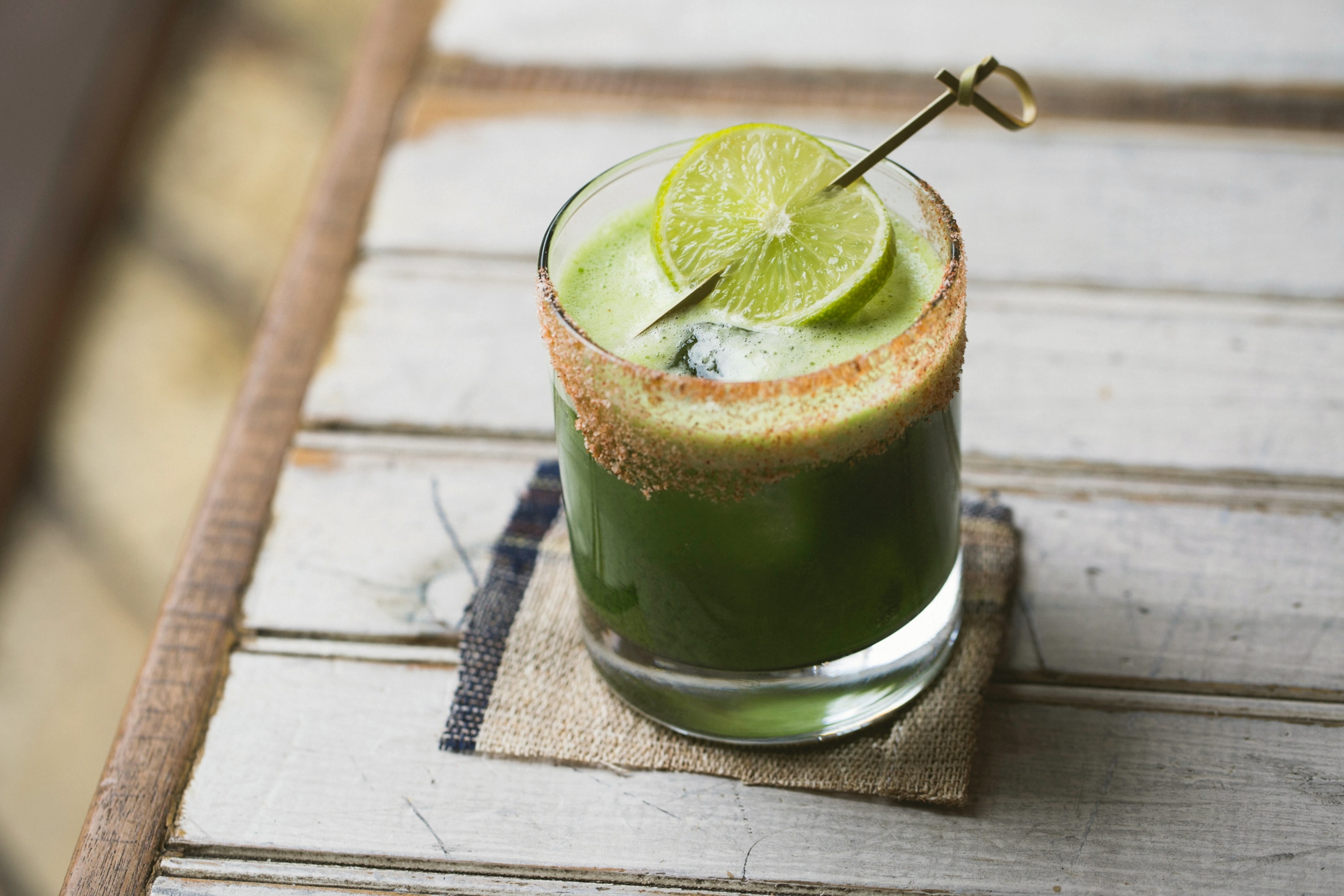
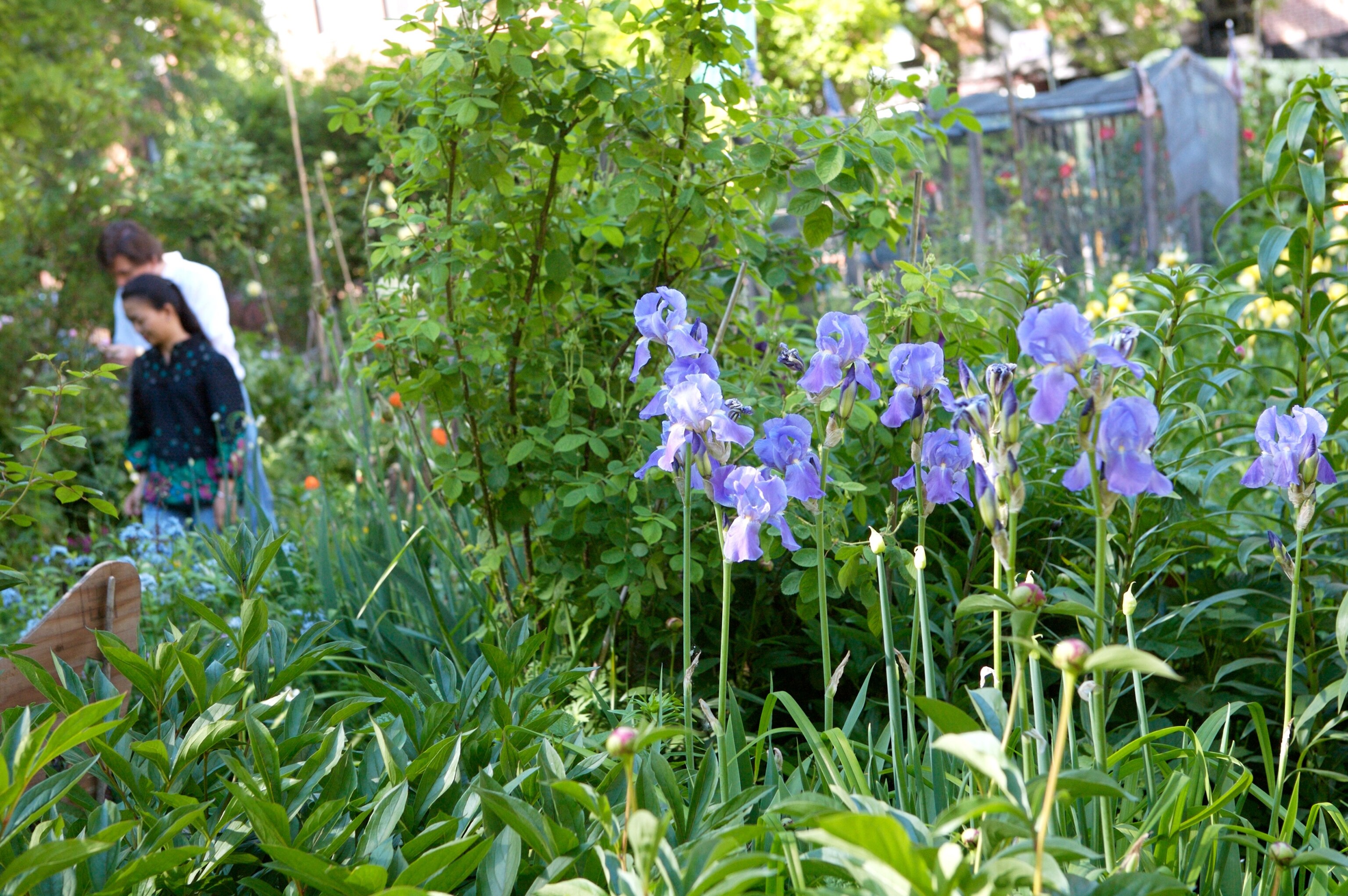
The Wayland, a rustic, craft cocktail bar, is also on this corner. The bar team here feels a playful love for vegetables and herbs, too. Kale juice brightens one drink. Smoked bark flavors another, and funk and soul bands play most nights.
Avenue C offers the world in terms of flavor. You could walk one block south to Kafana for Serbian—savory sausages and cold slaws are served in a crammed setting with a boisterous, Balkan warmth—or opt for Puerto Rican at Casa Adela near East Fifth Street. Adela Ferguson (now in her 80s) has operated the family-run restaurant for 40 years. Simple tablecloths decorate the tables, sodas are self-service from the cooler, and her incredible rotisserie chicken is always a hit.
A few blocks away, tour through the neighborhood’s flagship green space, Tompkins Square Park, and shop along Avenue A. Chain retailers are few, and quirky, independent shops abound.
Obscura Antiques & Oddities is akin to shopping in an old, vaudevillian storage unit. This writer once declined the offer to purchase a stuffed two-headed cow here. Trash and Vaudeville is now tucked up East Seventh Street. It opened originally on St. Marks during the height of the ‘70s punk movement and remains a symbol and retailer for Goth, rockabilly, and glam style in the neighborhood. Exit9 Gift Emporium is great for small souvenirs—necklaces, books, and mugs—as well as sparking nostalgia for the 1980s with retro toys and candies.
Houston Street is the dividing line between the East Village and the Lower East Side. Cross it and the greenery thins as the buildings rise taller and taller.
When out-of-towners come calling, I make a point of visiting Katz’s Delicatessen. Sometimes, places are touristy with good reason. Katz’s is filled with hundreds of framed photos of famous past diners, and the deli sells thousands of pounds of pastrami and corned beef—cured for up to 30 days—per week.
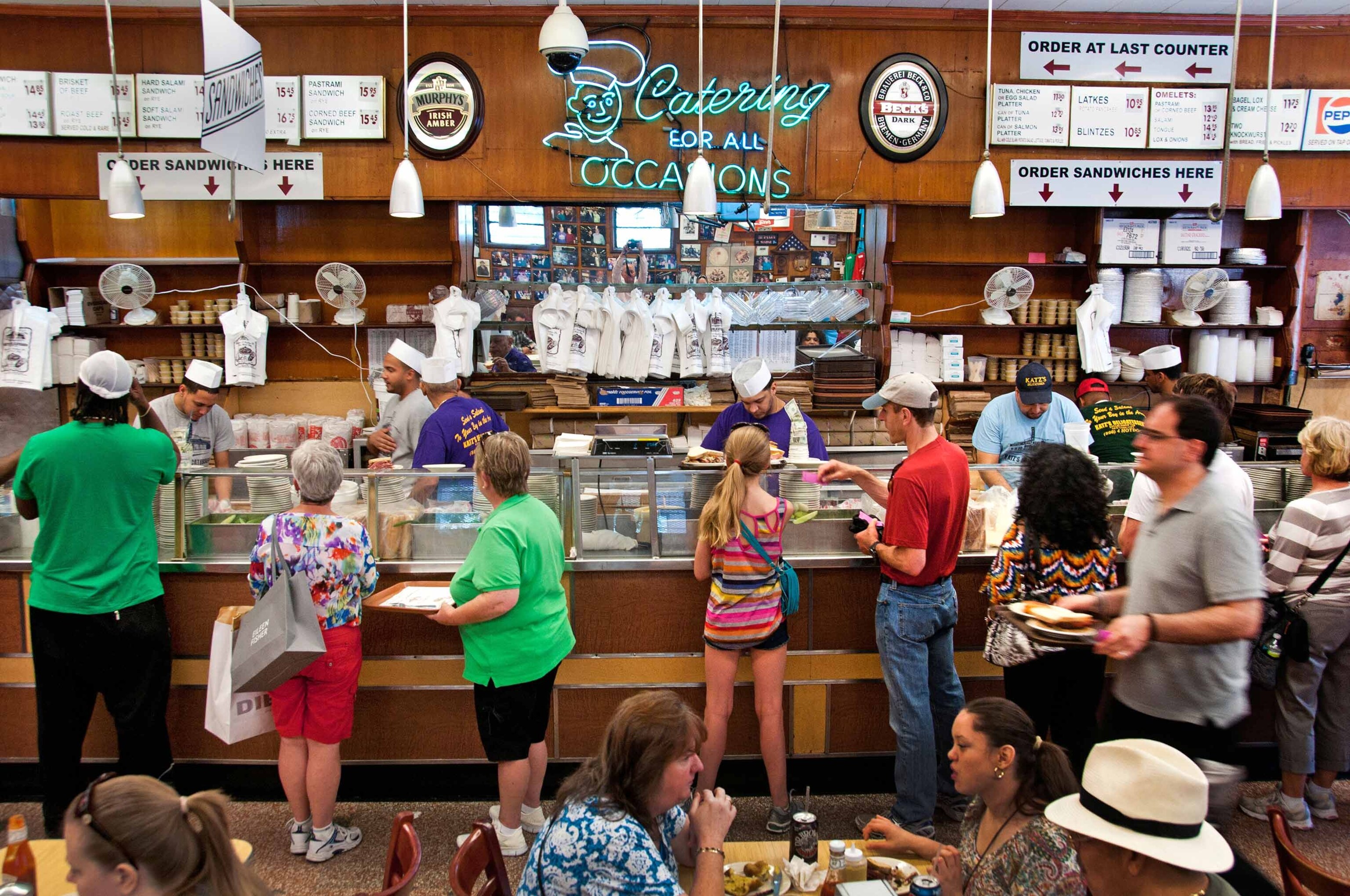

The deli has been open since 1888, decades before the world would know the Model T or traffic lights, prior to the dawn of skyscrapers and the completion of the Chrysler Building. It’s mere blocks from the ultimate place to learn about the Lower East Side—the Tenement Museum.
If you take Ludlow, you can shop along the journey—from bright print silks at Yumi Kim to the elegant dresses at the sustainable-fashion boutique Reformation. Likewise, art enthusiasts can peruse the Con Artist Collective, Richard Taittinger Gallery, and Blackston Gallery—three wildly different art spaces on Ludlow.
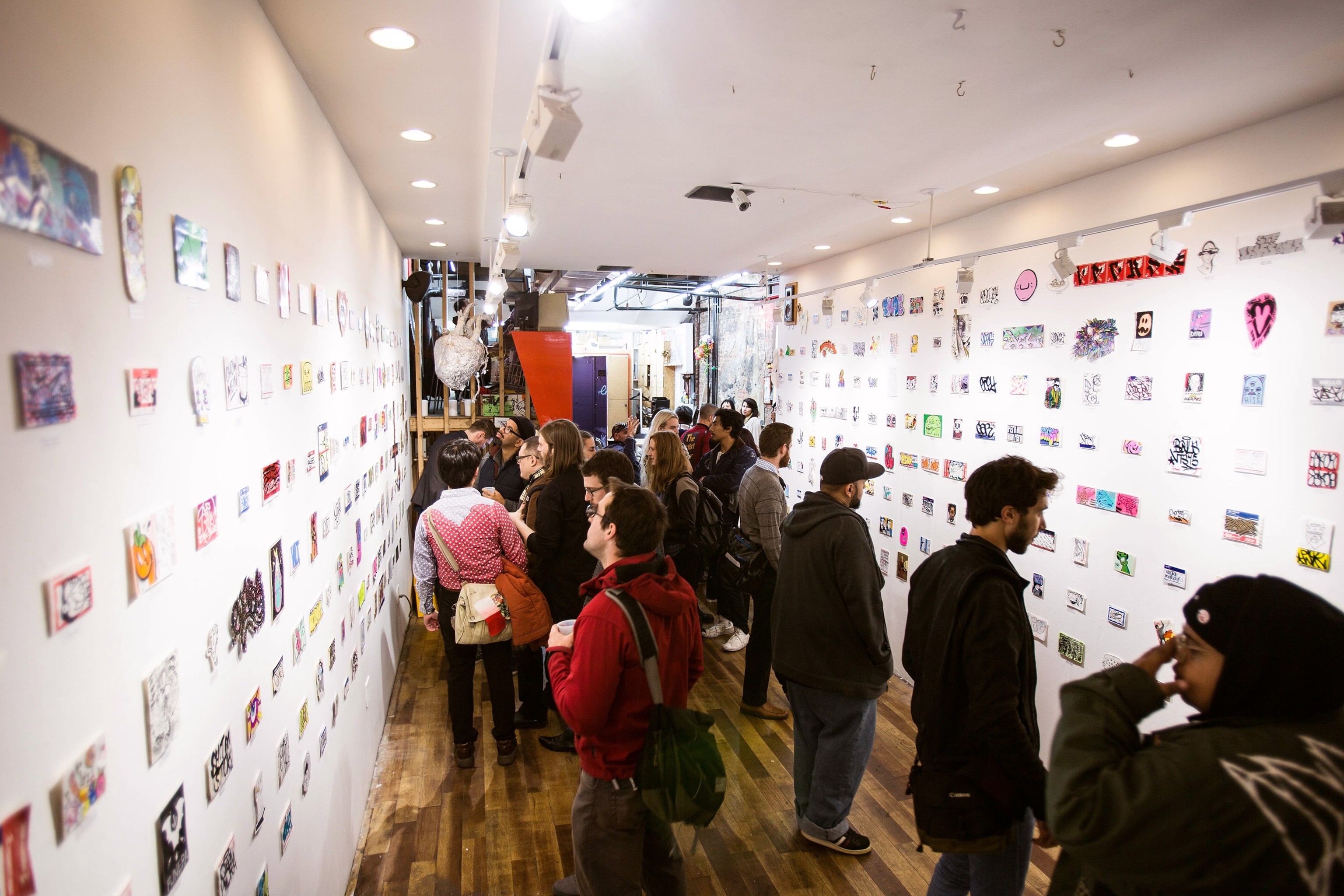
Today the Lower East Side is filled with artisan coffeehouses, pricey boutiques, and hipster hangouts. But in the 1800s, this neighborhood was a notorious slum—home to the city’s poorest arrivals from Castle Garden and then Ellis Island.
The Tenement Museum opened in 1988, dedicated to telling the stories of these immigrants. While most museums have exhibits, this one is truly immersive. The building at 97 Orchard was constructed in 1863 and occupied until 1935. Failing to meet code, the upper floors were closed off, though four storefronts remained open. It essentially created an accidental time capsule.
Tours expound on the lives of the former tenants as you move through their old apartments among wallpaper, fixtures, flooring, and furnishings left behind untouched all these decades.
The museum will open a new exhibit in summer 2017, discussing the post-Depression era of both the Lower East Side and its adjoining district, Chinatown. Culturally vital to the city’s history, Chinatown begins just two blocks south at Hester Street.
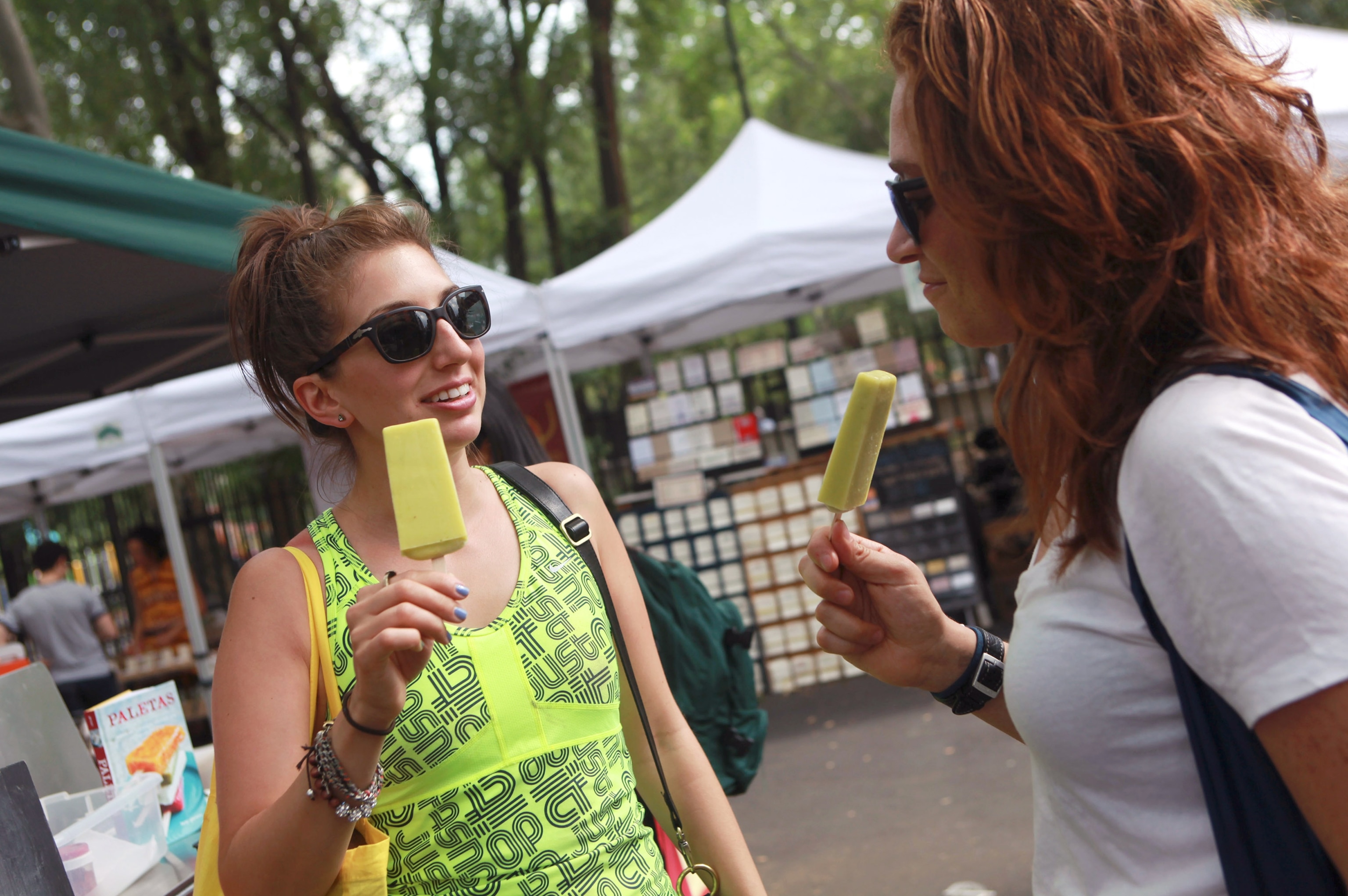
On weekends, it’s nice to stroll through Seward Park in spring through October for the Hester Street Fair. The outdoor flea market and food festival has 60 vendors beneath a canopy of oak trees. Follow Hester against the traffic, turn south on Mott, and suddenly Manhattan could pass for Hong Kong. Grocers hawk exotic Asian produce on the sidewalks—mangosteens, durian, and dragonfruit. The shops bear brightly painted Chinese characters. The owners call to each other in Cantonese and Mandarin.
My favorite is Doyers Street. This narrow lane is tucked between Pell and Bowery, nearly hidden. Buy a trinket or fluffy dragon puppet at New Ming’s Gift Shop while you wait for a table at the busy Nom Wah Tea Parlor, serving since 1920.

The sunny yellow paint around the front windows and red-and-white striped awning are faded with age, and inside this diner does dim sum cheaper and better than most. It’s occasionally a rough welcome if you’re barked at to sit quickly, but the menu never disappoints—golden, crisp-fried turnip cakes and Iron Buddha oolong tea poured from dented metal kettles.
Nom Wah Tea Parlor is a bit gritty and a bit loud. It’s often hurried, but it is uniquely delicious.
Step outside and those adjectives apply to New York City as a whole. You just might find that every hundred feet, the world changes here. I know I always do.
Experience Jenny's favorites in New York:
When someone comes to visit me, the first place I take them is L’Artusi for dinner. The spaghetti is so simple—garlic, Parmesan, bread crumbs—but it has a tiny bit of chili flake in it for a kick.
Locals know to skip the latest food trends and check out the small, mom-and-pop places that rarely have lines but are frequented by steady regulars. Zaragoza, a tiny Mexican deli near 13th Street, has the best $3 carnitas taco you’ll ever eat.
- National Geographic Expeditions
If there’s one thing you should know about getting around my city, it’s that it's always going to take 15 minutes longer than you think.
The best place to spend time outdoors in my city is Hudson River Park. There’s a gorgeous green swath of grass that looks out over the river and sprinkler fountains to cool you off.
My city really knows how to celebrate Gay Pride. Parade day is my favorite of the year. It’s a wonderful outpouring of love and emotion, plus incredible costumes, live music, and parties all day and night. It’s a day that signifies how diverse, wonderful, and accepting New Yorkers are. Different isn’t tolerated in New York City. Different is the goal.
For a fancy night out, I adore Keens Steakhouse. They’ve been in operation since the late 1800s and served their millionth mutton chop in 1935.
Café Standard at The Standard Hotel in the East Village is my favorite place to grab breakfast, and Coppelia, a 24-hour Cuban diner with a killer tequila selection and amazing huevos rancheros, is the spot for late-night eats.
When I’m feeling cash-strapped, I hit up The PIT (People’s Improv Theater) for its free comedy shows, or The Wayland, which has free music several nights per week.
Mercury Lounge on Avenue A is the best place to see live music, but if you’re in the mood to dance, check out Beauty Bar for the '80s Prom Night parties. You can sip a drink and get a manicure in the front, then head to the back and dance the night away to some Whitney Houston and Madonna tunes.
To find out what’s going on at night and on the weekends, you can read Time Out New York, but you’d be better off asking an interesting bartender or waitress you meet.
Jenny Adams is a freelance travel writer, author, and photographer. She spends half the year in Manhattan and half the year in Southeast Asia.
